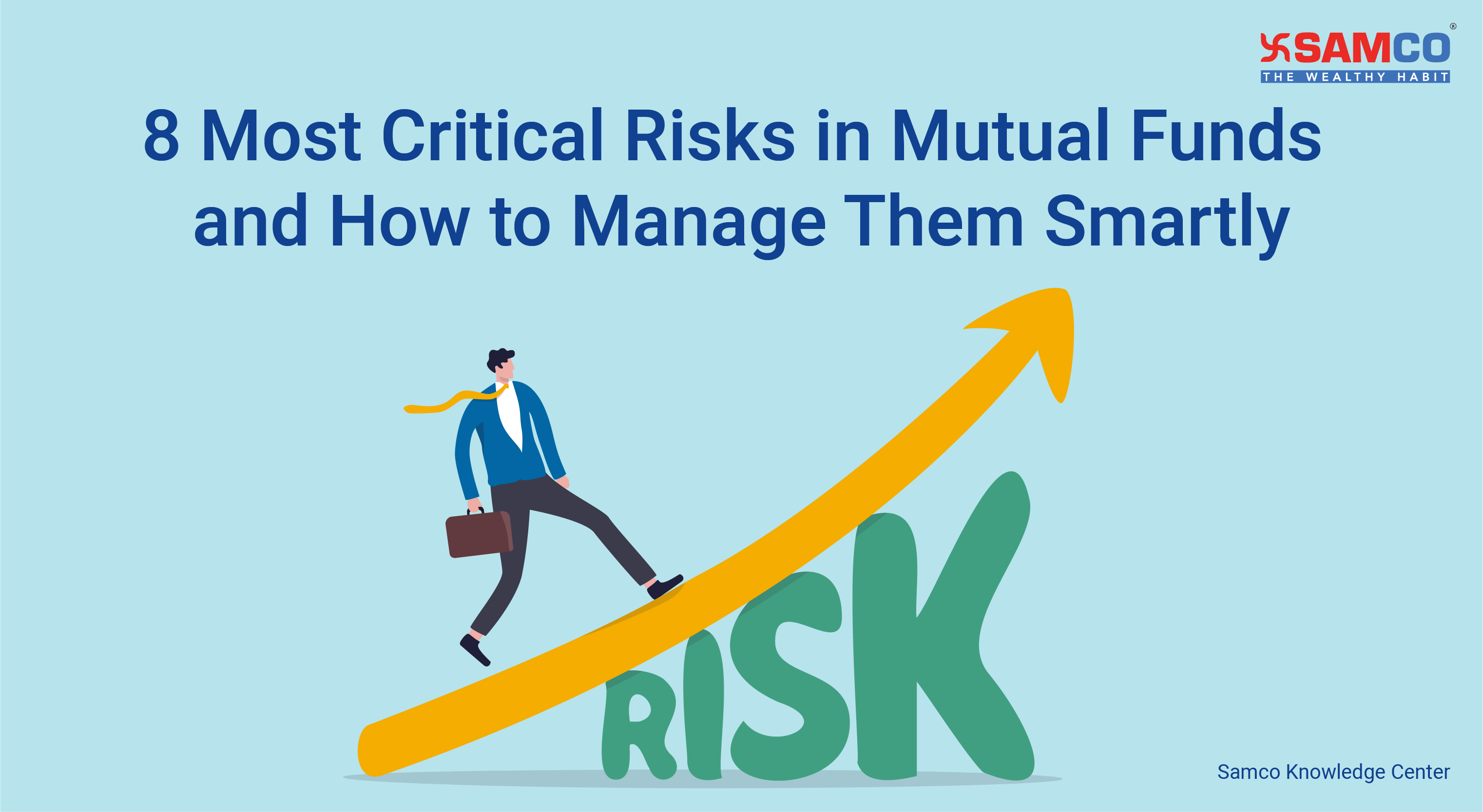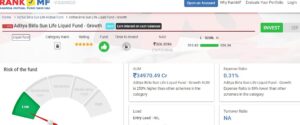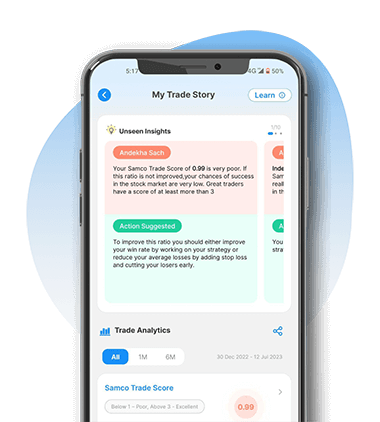 We have all heard the “Mutual Fund investments are subject to market risks” disclaimer. The purpose of this disclaimer is to educate investors about the risks in mutual funds.
It is important for you to understand the basic risks in mutual funds, so that you can manage these risks smartly.
In this article, we will discuss the various risks involved in mutual funds and teach you how to manage them smartly.
Mutual fund risks can be broadly classified as:
We have all heard the “Mutual Fund investments are subject to market risks” disclaimer. The purpose of this disclaimer is to educate investors about the risks in mutual funds.
It is important for you to understand the basic risks in mutual funds, so that you can manage these risks smartly.
In this article, we will discuss the various risks involved in mutual funds and teach you how to manage them smartly.
Mutual fund risks can be broadly classified as:
- Systematic Risks
- Unsystematic Risks
Risks in Equity Mutual Funds
1. Market Risk: The most important risk in equity mutual funds is the Market risk. Market risk refers to the fluctuations in the value of the investment due to market ups and downs. Mutual funds invest in stocks, and stock prices are never constant. They keep changing as per demand and supply. Due to this continuous change, the NAV of the fund also increases and decreases, which is why the value of your mutual fund also changes daily. Market risk is a part of equity investing and cannot be eliminated but can be reduced by diversification. 2. Liquidity Risk: Liquidity refers to how quickly you can liquidate i.e. sell and convert an asset into cash without losing its value. Bank FDs, liquid funds are highly liquid but real estate is illiquid as it takes months to sell a property. Equity mutual funds, especially Equity Linked Savings Scheme (ELSS) are highly illiquid as they have a fixed lock-in period of 3 years. Even ETFs, while traded on the stock market, have less volume and are difficult to liquidate at short notice. For short-term investors, liquidity risk is an important risk to consider before investing in equity mutual funds. 3. Concentration Risk: Concentration risk is when all your investments are in a particular stock, sector or based on a theme. Thematic and sectoral funds carry high concentration risk. Since diversified equity mutual funds invest in more than 50-100 shares, the concentration risk in diversified mutual fund is very low. 4. Currency Risk: Currency risk is primarily faced by overseas mutual funds. Currency risk is when the exchange rate increases unfavourably resulting in lower returns in domestic currency.Risks in Debt Mutual Funds
1. Credit Risk: The most important risk in debt mutual funds is credit risk. Rating agencies like CRISIL, CARE, ICRA etc rate the quality of ‘debt’ papers from AAA rated (highly stable) to D (junk). Credit risk is when the issuer of the debt paper i.e. the borrower defaults on his principal or interest payments. A recent example of this was seen when Franklin Templeton AMC had to shut down 6 of its debt schemes due to high credit risk of the borrowers. 2. Interest Rate risks: Interest rates and bond prices are inversely related i.e. When interest rate rises = bond prices fall & When interest rate falls = bond prices rise In a rising interest rate scenario, long-term debt funds are highly impacted. Investors can hedge against interest rate risks through interest rate derivatives or diversification. 3. Inflation Risk: Inflation risk is when the purchasing power of money reduces due to rise in inflation. For example: If the return on your debt fund investment is 7.5% and the current inflation rate is 6%, then your real rate of return is only 1.5%! 4. Reinvestment Risk: Reinvestment risk is faced on maturity when you try to reinvest the amount but get a lower rate of return. For example: Mr Ram invested in a bank FD in 2019 at 7% interest. When he went to renew his FD in 2020, the interest rate dropped to 5.5%. The 1.5% less interest rate is the reinvestment risk.Strategies to Manage Risks in Mutual Funds
Let us look at how you can smartly avoid mutual fund risks.| Risks in Mutual Funds | Strategy to Avoid Mutual Fund Risks |
| Market Risk | Create a diversified portfolio with stocks from across sectors with low or negative correlation. |
| Liquidity Risk | Create a separate (highly liquid) emergency fund to take care of all urgent short-term requirements. |
| Concentration Risk | Avoid investing in sectoral and thematic funds and instead invest in diversified mutual funds. |
| Currency Risk | Do not invest more than 5% -10% in overseas funds. |
| Credit Risk | Only invest in debt funds which invest in AAA/A1+ rated papers like corporate bond funds, money market funds etc. |
| Inflation Risk | Invest in inflation-beating investments like stocks, mutual funds etc. |
How to Understand Mutual Fund Risks?
Mutual Fund schemes have a scheme information document (SID) which clearly mentions the risk level of the scheme. You can also refer to the scheme’s riskometer to easily understand the level of risk that a particular mutual fund takes. For example: The riskometer for Aditya Birla Sun Life Liquid Fund shows a “Low” risk profile which indicates that it is fit for conservative investors.






Leave A Comment?